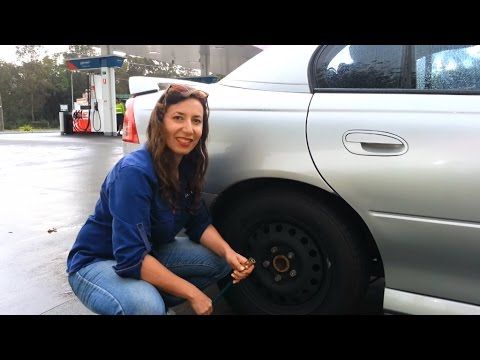The news said snow is on the way. My winter tires need some air. How can I inflate my car tires at home?
Will Baldwin · Answered on Nov 13, 2021
Reviewed by Shannon Martin, Licensed Insurance Agent.
Very smart of you to think of this now before the snow. To inflate your tires at home, you’ll need:
Once you have your supplies:
You should be all set! If you notice your tires still seem underinflated, consider visiting a auto repair shop. They can diagnose any potential leaks or issues.
Once your tires are ready for winter, make sure your car insurance is as well with the Jerry app.
Jerry gathers competitive and personalized quotes from more than 50 top insurance companies. The average Jerry user saves $879 a year on car insurance.
MORE: How to check and add air to car tires
Car MaintenanceCar OwnershipCar Repair
View full answer
WHY YOU CAN TRUST JERRY
Jerry partners with more than 50 insurance companies, but our content is independently researched, written, and fact-checked by our team of editors and agents. We aren’t paid for reviews or other content.
Browse More Content
What To Do If Your Steering Wheel Does Not Respond Properly
Leaking Transmission Fluid Inspection Cost Estimate
Valve Cover Replacement
Shifter Interlock Solenoid Replacement Cost Estimate
What To Do If Your Wipers Are Not Working
Audi A3 2.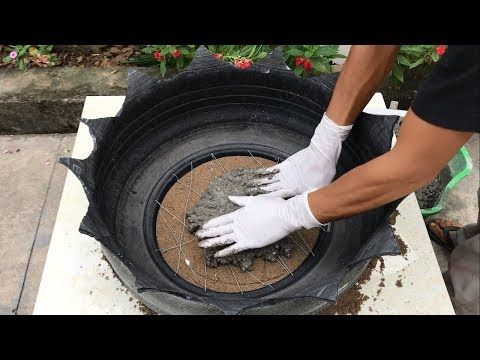 0 Sport Insurance Cost
0 Sport Insurance Cost
Infiniti G37 Base Insurance Cost
Nissan Maxima Platinum Insurance Cost
Gmc New Sierra K1500 Classic Insurance Cost
Toyota Tacoma Double Cab Insurance Cost
Doniphan Car Insurance
Yalaha Car Insurance
Forestville Car Insurance
Waterloo Car Insurance
Long Branch Car Insurance
We have a beat-up old vehicle on the back of our property that’s next step can only be the scrap yard. The one problem is, I have no idea where the title is. Do I need it?
Will Baldwin
Nov 13, 2021
My front passenger’s window is stuck halfway down. I heard it’s going to rain all weekend. How can I fix my window?
Will Baldwin
Nov 13, 2021
Last night my friends and I were talking about oxygen sensors.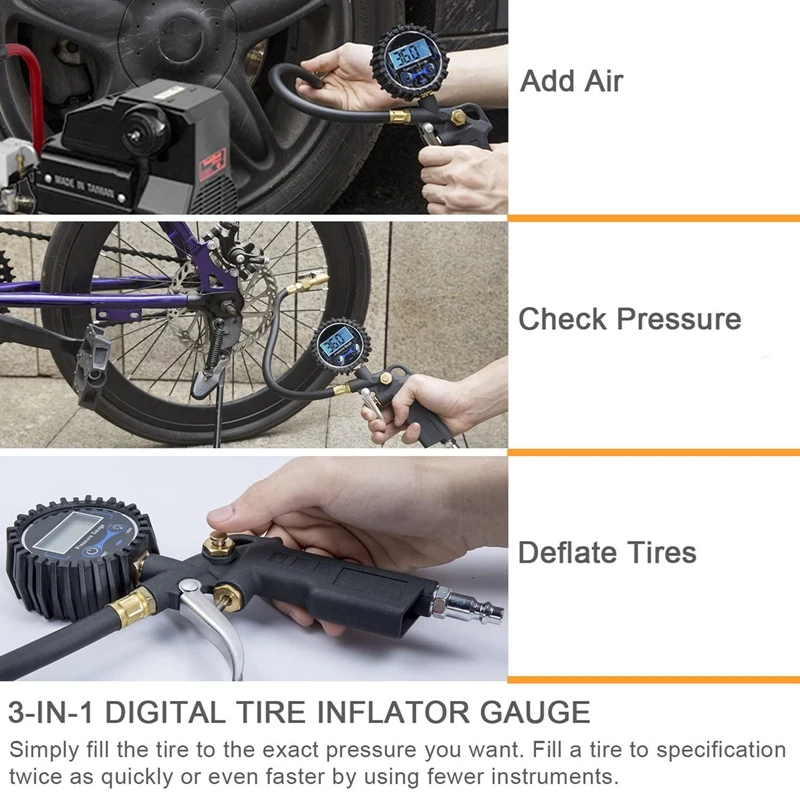 I’ve never been much of a car person and I have to ask, how many does a car usually have?
I’ve never been much of a car person and I have to ask, how many does a car usually have?
Will Baldwin
Nov 13, 2021
Browse All Questions
Can a low cost of living and world-class whiskey outweigh brutal summer heat and violent crime? Check out all the pros and cons of living in Tennessee.
R.E. Fulton
Aug 04, 2022
Car paint color can impact purchase price, resale value, and even your happiness. Here's everything you should know about picking a car color.
R.E. Fulton
Aug 24, 2021
Car Warranties
Allstate
Insurance Brokers and Agents
Total Loss Car
Company Cars
Car Storage
Bundling
Wind Damage
Car Financing
Nevada
Travelers
Flood Insurance
North Carolina
Dairyland Insurance
MedPay
Dodge Viper
Hit and Run
Toyota
Car Leasing
Roadside Assistance
Luxury Cars
Low Cost Auto Insurance Program (CLCA)
Florida
Safeco
Auto and Home Insurance
No long forms
No spam or unwanted phone calls
Quotes from top insurance companies
Find insurance savings — it's 100% free
Toyota
Hyundai
Mercedes-Benz
Subaru
Chevrolet
Mitsubishi
Getting a flat tire is usually an unexpected, inconvenient experience, but it is also a fairly common one. No car owner is immune from this experience, and most drivers will endure this at some point in their years of driving.
No car owner is immune from this experience, and most drivers will endure this at some point in their years of driving.
Maintaining correct tire pressure is the first line of defense against finding yourself stranded with a flat tire. It is essential for the lifespan and performance of your tires, and although there are many other ways you could get a flat tire, at least if you do this right, you will know it wasn’t your fault.
It’s easy to check your tire pressure at a filling station, of course, but it’s even easier if you can do it yourself, whenever necessary, without the hassle of driving anywhere. If you own an air compressor, or if you’re thinking of getting one, then checking your tires, or inflating them after a flat, is as easy as 1, 2, 3… Quite literally.
Read on to learn how to use an air compressor to inflate your tires, and maintain perfect tire pressure at all times.
The air pressure requirements of tires vary greatly between vehicle types and tire types. It is also affected by the load of the vehicle, and the weather.
It is also affected by the load of the vehicle, and the weather.
An air compressor can be used for many different types of tires, so you may find you have more than one use for one in your home. They can inflate tires on cars, bicycles, motorbikes, tractors, trailers, and even certain mowers.
What this means is that you will need to know the requirements of the specific tires you want to inflate, before you get started with your air compressor.
Be sure to read the owner’s manual of the vehicle in question, to ensure you know what pressure the tires on that vehicle should be inflated to, and if the front and back tires should be the same, or different.
In cars and other larger vehicles, you may find the recommended air pressure printed on a sticker inside the driver’s side door. You should never use the “per square inch” (PSI) number on the wall of the tire, as this is the maximum pressure the tire can withstand, not the optimal pressure for best performance and safety.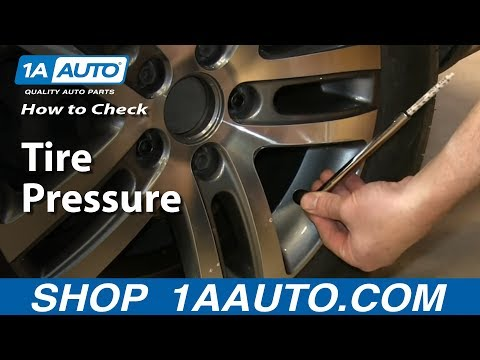 It can, however, be used to decide which type of air compressor to buy for your vehicle.
It can, however, be used to decide which type of air compressor to buy for your vehicle.
The most common tire pressure requirements are 30 PSI in summer, and 35 PSI in winter, but these are not correct for every vehicle, so be sure to find out about your specific one.
Remember that the colder it gets, the higher you may need to inflate your tires, so if you live in an extremely cold area, be sure to find out the correct tire pressure for your vehicle at the temperatures you are experiencing.
It is best to inflate your tires when they are cold, and your car hasn’t been driven in the last 30 minutes, at least. Hot tires tend to show higher pressure on the tire gauge than is realistic (because the hot air expands), and you will not get an accurate reading.
Hot tires tend to show higher pressure on the tire gauge than is realistic (because the hot air expands), and you will not get an accurate reading.
Each tire on your vehicle should have a stem cap on the valve stem. Remove the stem cap, and put it somewhere safe, so that you can return it when you are done. It may be best to do this only after you have set up the air compressor so that you don’t lose any air before you are ready to inflate the tire.
Situate your air compressor as near to the tire you want to work with as possible. You don’t want to have to move a vehicle when it has a flat or very low tire. Attach the hose to the compressor, and the quick coupler, or tire chuck, to the end. This will allow you to push air into the valve stem. If the nozzle has a safety position, activate it now.
Most air compressors are electric, so be sure there is a power source nearby, and check that the outlet has the correct voltage for your machine. Connect the compressor, secure the hose to the tire’s valve stem, and turn on the machine. You will hear the motor start, and the compressor will fill with air.
Connect the compressor, secure the hose to the tire’s valve stem, and turn on the machine. You will hear the motor start, and the compressor will fill with air.
Inflating a very flat tire could take some time, and is, in any case, best done slowly. This way, you will avoid overinflating the tire. Some compressors will have a gauge, which you can use for guidance, and some inflators can be set to switch themselves off when the tire reaches the desired PSI.
The most accurate inflators tend to be digital. Note that you should never leave a machine unattended while it is inflating a tire, even if it is set to switch itself off. Overinflating the tire could lead to serious damage.
If you are working with a thinner tire, like a motorbike tire, you may need an adaptor for the tire chuck. You should also remember that, if your bike has one thin and one thick tire, they will have different pressure requirements. Be sure to fill motorbike tires very slowly, as they can easily explode if overinflated.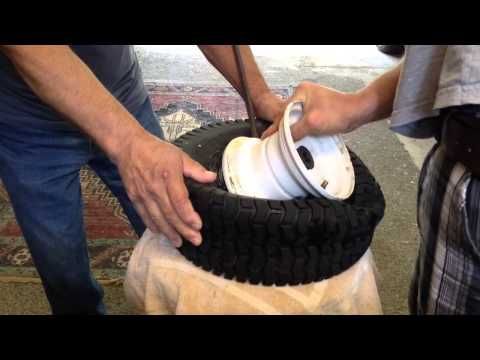
Assuming that you do not have a digital or automatic inflator, keep a close eye on the tire pressure, and switch off the air compressor as soon as the desired pressure is reached. If you find that you have added too much air, simply push down on the tire gauge to release some pressure.
When the pressure is correct, remove the hose, and replace the stem cap. It is normal to hear air hissing out when removing the hose, so do not be alarmed.
Learn how to inflate tires with an air compressor.Related: Putting Air In Your Tires At A Gas Station: The Complete Guide
If you find yourself in a situation where you have tires with low pressure, and no way to inflate them at hand, you will have to drive your vehicle at least a short distance to reach the nearest filling station. In this instance, be sure to:
In this instance, be sure to:
Now you know how to inflate your tires with an air compressor, here are a few common errors that keep people from doing this job themselves, or having optimally cared-for tires:

Related materials
If I change wheels, do I need to balance them every season?
Inflating a tire in the city is not a problem. There will always be a thrifty car enthusiast nearby who will lend a compressor. In extreme cases, you can drive to the nearest auto parts store and buy this useful device. But if the need to pump up the wheel caught on a long journey, on a deserted track, you will have to use your ingenuity.
A very banal way is to turn to professionals, that is, truck drivers. The fact is that any truck with pneumatic brakes can supply dried and purified air with high pressure through a hose that a thrifty truck driver always has with him. nine0003
Many gas stations now have tire inflation points, and perhaps the easiest way is to hitch a wheel to it and then return to your car in the same way. If all of the above did not work, then read about the tricks that we personally tested for effectiveness:
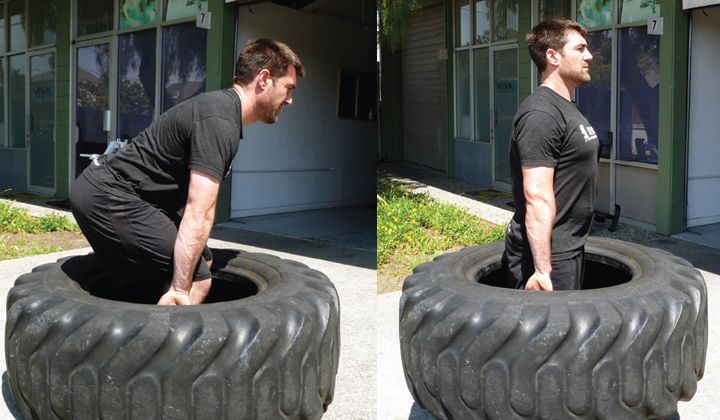 Aerosol cans
Aerosol cans Attaching a can (any) to the nipple is not so difficult. The pressure inside the cylinder is 1.8-2.8 bar. It is important that the contents do not dissolve the rubber and do not harden, such as building foam. nine0003
Here, of course, compressed air canisters are good for blowing, for example, office equipment. But the inner volume of a wheel of a small class car is about 20-25 liters. For pumping, you will need several boxes of cans. Unacceptable!
It is possible to connect the tire valve to the brake master cylinder connection after draining the reservoir. After that, we begin to press the brake pedal in the same way as is usually done when bleeding the brakes when replacing the brake fluid. To inflate the wheel, it will take a gigantic number of clicks. Unacceptable! nine0003
Connect the hose to the air path after the turbocharger. The boost pressure in the line between the compressor and the intake valves of conventional (non-sport) engines is not enough to inflate the wheel. No matter how you gasp - unacceptable!
The boost pressure in the line between the compressor and the intake valves of conventional (non-sport) engines is not enough to inflate the wheel. No matter how you gasp - unacceptable!
Advanced car enthusiasts know the method of transferring the bead ring over the hump of the rim with the help of an explosion of fuel vapors. The Internet is full of videos on this topic.
It is usually advised to unscrew the spool from the valve. I wonder what will happen if this is not done? We need to keep up the pressure. We conducted an experiment and got an unsatisfactory result. With this method, it is possible to provide a very small pressure in the wheel - about 0.2 bar. The method really allows you to brilliantly cope with the task of transferring the sidewall through the hump, but it is not suitable for pumping! nine0003
And this is perhaps the most unusual way to inflate a tire. After conducting an experiment with a large 6-kilogram fire extinguisher, it was possible to raise the pressure by a completely ridiculous amount of a couple of tenths of a bar.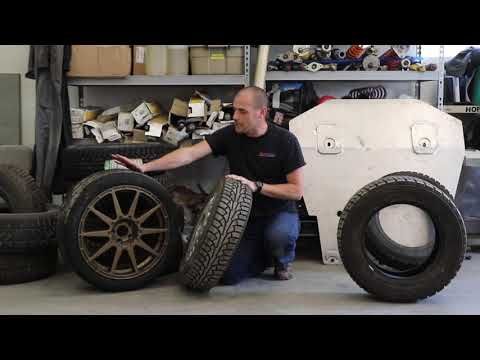 And this despite the inverted spool. Everything around was covered with a rather nasty powder. Unacceptable!
And this despite the inverted spool. Everything around was covered with a rather nasty powder. Unacceptable!
The average car owner usually has a powder-type fire extinguisher in the trunk. A powder fire extinguisher of a rather large volume worked very badly. It was not possible to pump up the wheel. nine0003
The average car owner usually has a powder-type fire extinguisher in the trunk. A powder fire extinguisher of a rather large volume worked very badly. It was not possible to pump up the wheel.
If you can attach a hose to the exhaust pipe, then you can inflate the wheel in this way. The engine is able to provide a pressure of two or more bars with a sealed exhaust system and if you “give it a gas”. The method is acceptable, but only as a last resort. The fact is that with this method, the catalytic converter, and even the corrugation of the exhaust system, may suffer. nine0003
The most difficult thing is to achieve tightness of the junction of a thin hose with an exhaust pipe. A variety of caps from bottles, washers, water squeegees can go into business. What will be at hand. Electrical tape will help seal the connection.
A variety of caps from bottles, washers, water squeegees can go into business. What will be at hand. Electrical tape will help seal the connection.
The most difficult thing is to achieve tightness of the joint between the thin hose and the exhaust pipe. A variety of caps from bottles, washers, water squeegees can go into business. What will be at hand. Electrical tape will help seal the connection.
Related materials
If you want to pump up a wheel, jack up the car! Debunking the Myth
Using a hose, you can transfer part of the air from other wheels to the one we need to inflate. The method is complicated, because the valve mechanism will interfere with such a procedure. If we turn out the spools, we risk leaving several wheels without air. But even if you manage to get by with minimal losses, the pressure in all the wheels will turn out to be insufficient. In the best case, 75% of the pressure will remain in the wheels. Without preliminary preparation, which consists in assembling a hose with two tips like those installed on the compressor, we do not recommend trying this method! nine0003
Without preliminary preparation, which consists in assembling a hose with two tips like those installed on the compressor, we do not recommend trying this method! nine0003
***
Alternative ways to inflate tires are complicated, inconvenient, require advance preparation and can damage the vehicle. Therefore, we advise you to always have a serviceable and inflated spare tire. And just in case, you should carry a portable electric compressor with you. It will be useful not for yourself, but for a less thrifty car enthusiast.
Our new video
Argo and Atlant are hot new items from Russian assembly
Does mud or snow interfere with recognizing car numbers?
3 most discussed posts in our social networks in 2022
Like this article? Subscribe and you will always be in the know!
Driving in Zen
News smi2. ru
ru
Operation25 November 2019
Content
To inflate a wheel without a pump, the driver must be aware that alternative methods may be useless and hazardous to health. Sometimes tools and spare parts are required, which are not always in the trunk. nine0003
To inflate the wheel, the cylinder is connected through the nipple. It is recommended to use propellants with compressed air, because when using cans of sealant or other substance, there is a risk that such contents will begin to dissolve or cement the tire.
This method is presented as more convenient and simple in comparison with how much effort and time it takes to inflate the wheel with a compressor.
However, the volume of a car wheel is at least 20-25 liters, so more than 1 dozen cylinders will be needed. nine0003
Such material costs are not rational. This approach is also not practical because it will take no less time to pump than when using a hand pump.
The bicycle wheel has a smaller volume and you can expect that the compressed air from the cylinder is enough to inflate the tire.
To inflate the tires in this way, a hose must be connected to the air path (behind the turbocharger). nine0003
The turbo boost pressure is 0.6-1 bar and depends on what type of engine the vehicle is equipped with. If this is not a sports model, then there may not be enough pressure in the line between the compressor and the engine intake valves. Standard automotive pumps start at 2.02 bar and go up to 20 bar. Therefore, it is recommended to use an alternative method only in the event of a malfunction or lack of a pump.
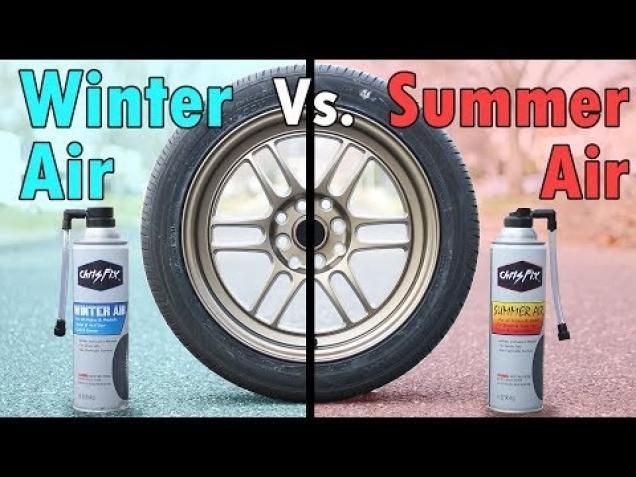
In some cases, in order to pump air into the wheel, use flammable liquids: gasoline or other fuel. According to motorists, hairspray is also suitable. Videos on the web create a false sense of security and ease of implementation of this method. nine0003
The wheel is carried more than 10 m away to eliminate the risk of flames on the machine. It is necessary to unscrew the spool, then spray the liquid inside the tire and set it on fire. It is assumed that the shock wave from the explosion should press the rubber against the rim and no further pumping is required. It remains to screw the spool into place.
There are controversial points in this theory:
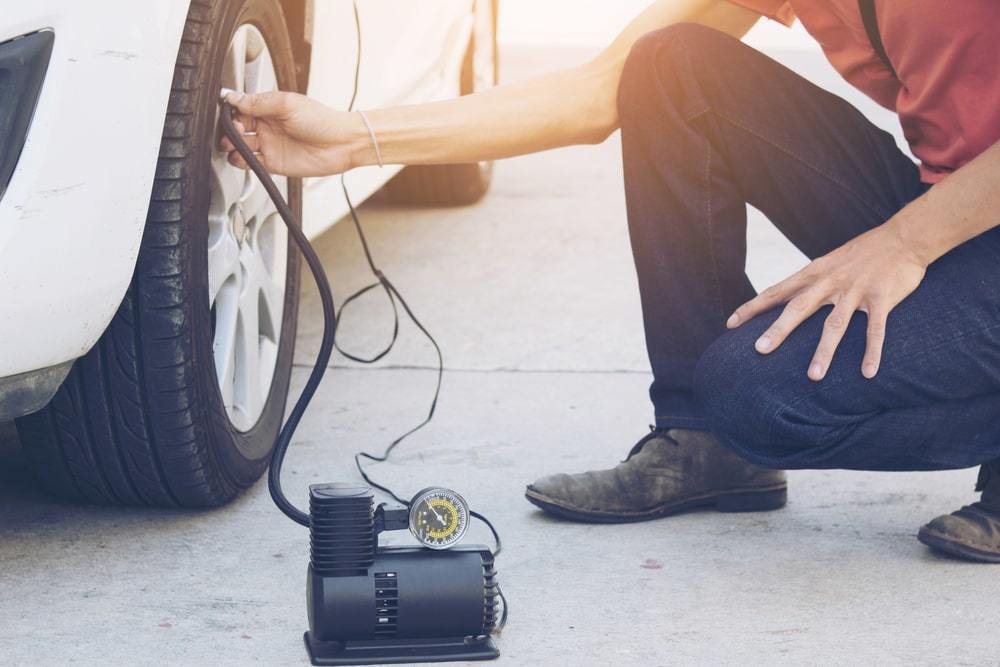 nine0104
nine0104 Simple and effective way. A carbon dioxide fire extinguisher is used, since a powder extinguisher does not give the desired result, and its contents contaminate the inside of the tire.
The fitting of the instrument is connected to the nipple. To do this, you will have to assemble a device that includes a hose with an adapter. What will play the role of the latter, the driver comes up with himself, because. this part is not included in the standard kit from the manufacturer.
The tire is filled with carbon dioxide, which on contact with air is converted into a gas. The transition from a liquid to a gaseous state provokes a strong cooling of the tube, but the filling rate is higher than when using a compressor.
Carbon dioxide is recommended to be bled off as soon as possible, as it is not designed to fill tires.
Exhaust system capable of delivering pressures of 2 bar or more.